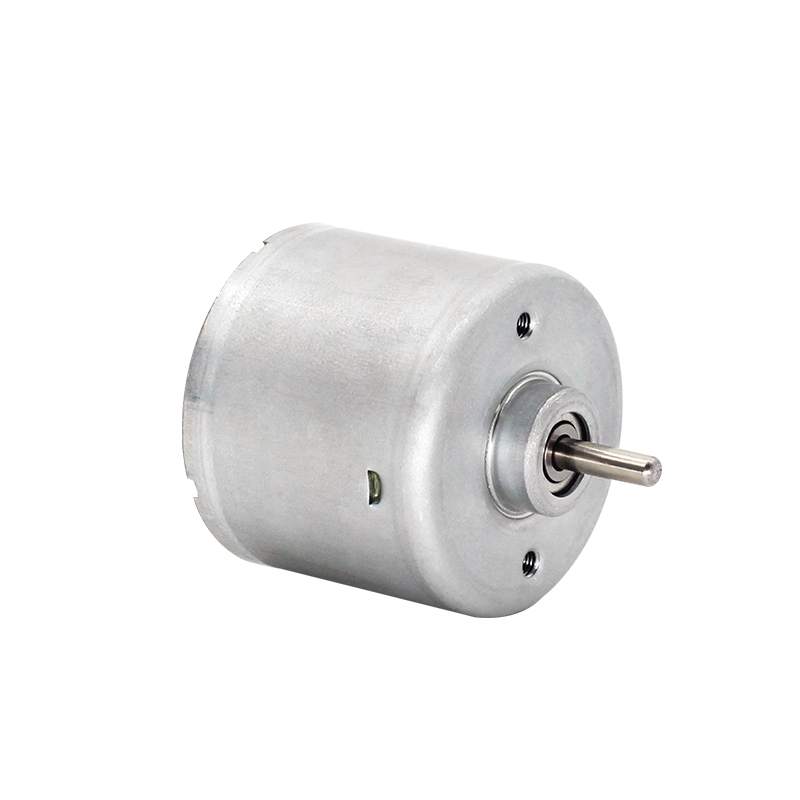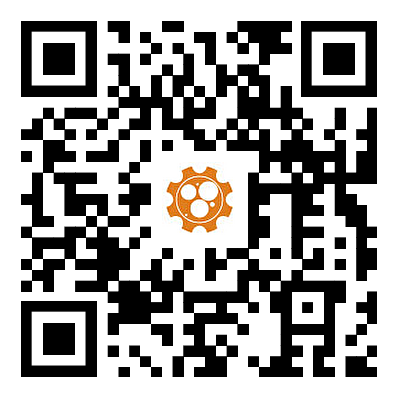Ensuring Seamless Integration: Software and Firmware Compatibility for Controlling 36mm Brushless DC Motors in Electric Actuators
2024-04-15
Electric actuators powered by 36mm Brushless DC (BLDC) motors are at the forefront of modern automation, offering precision, efficiency, and versatility. However, achieving optimal performance requires more than just selecting the right hardware. In this blog post, we'll explore the software and firmware compatibility requirements essential for controlling 36mm BLDC motors in electric actuators, ensuring seamless integration and efficient operation.
Understanding Control Interfaces:
Before delving into software and firmware compatibility, it's essential to understand the various control interfaces commonly used to command BLDC motors in electric actuators:
1. PWM (Pulse Width Modulation): PWM signals are widely used to control the speed and direction of BLDC motors. By varying the duty cycle of the PWM signal, the motor's speed can be adjusted smoothly.
2. Analog Voltage Control: Some systems utilize analog voltage signals to regulate the speed and direction of BLDC motors. The voltage level corresponds to the desired speed, providing a simple and intuitive control interface.
3. Digital Communication Protocols: Advanced electric actuators may incorporate digital communication protocols such as UART (Universal Asynchronous Receiver-Transmitter), SPI (Serial Peripheral Interface), or I2C (Inter-Integrated Circuit) for more robust and versatile control.
Software Compatibility Considerations:
When selecting software for controlling 36mm BLDC motors in electric actuators, compatibility with the chosen control interface is paramount. Key considerations include:
1. Driver Libraries and APIs: Look for software libraries or application programming interfaces (APIs) that support the control interface used by your electric actuator. These libraries streamline the development process by providing pre-written code for motor control functions.
2. Real-Time Performance: For applications requiring precise timing and responsiveness, ensure that the software platform offers real-time performance capabilities. This is crucial for maintaining accurate control over the motor, especially in dynamic or high-speed applications.
3. Cross-Platform Compatibility: Consider the compatibility of the software with your development environment and target hardware platform. Choose software that supports your preferred programming language and operating system to facilitate seamless integration into your application.
Firmware Compatibility Considerations:
In addition to software, firmware plays a crucial role in controlling BLDC motors within electric actuators. When evaluating firmware options, consider the following factors:
1. Motor Control Algorithms: Firmware should incorporate robust motor control algorithms tailored to the characteristics of 36mm BLDC motors. These algorithms optimize performance, minimize energy consumption, and ensure smooth operation under varying load conditions.
2. Configuration Flexibility: Look for firmware that offers configurable parameters for motor control, such as acceleration profiles, current limits, and feedback loop gains. This flexibility allows for fine-tuning of the motor's behavior to suit specific application requirements.
3. Compatibility with Development Tools: Ensure that the firmware is compatible with your chosen development tools and programming environment. This includes support for programming languages, debugging interfaces, and firmware update mechanisms.
Conclusion:
In the realm of electric actuators, achieving optimal performance with 36mm Brushless DC motors requires careful consideration of software and firmware compatibility. By selecting software platforms and firmware solutions that align with the control interface and application requirements, engineers can streamline development, enhance control capabilities, and maximize the efficiency of electric actuator systems.
Whether utilizing PWM signals, analog voltage control, or digital communication protocols, compatibility with driver libraries, real-time performance, and configuration flexibility are essential factors to consider when choosing software and firmware for controlling 36mm BLDC motors. By prioritizing compatibility and integration, developers can unlock the full potential of electric actuators and propel innovation in automation and motion control technologies.



